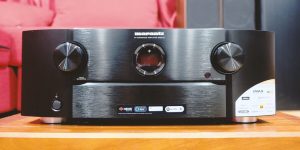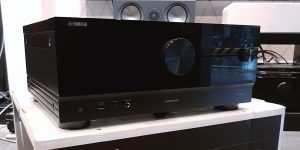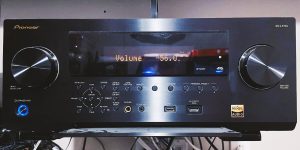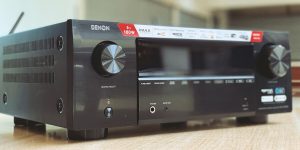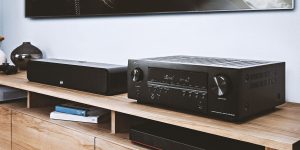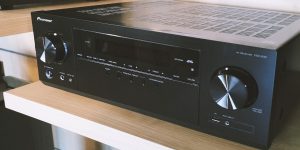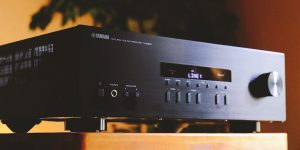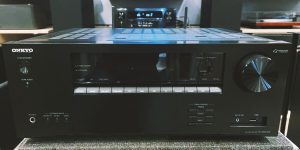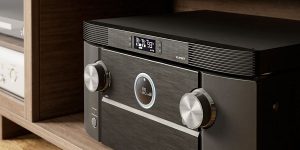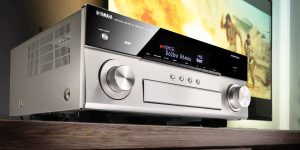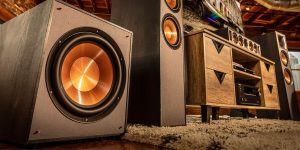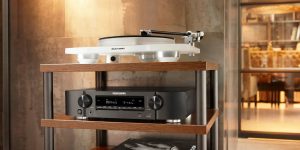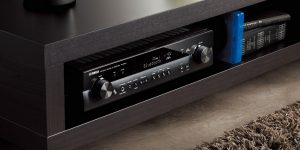In the world of audio systems, receivers and amplifiers are critical components that play a key role in delivering high-quality sound to our ears. And it’s no surprise that those about to build their home theater are at a loss for the most important question: what are the advantages of receiver vs amplifier? Is there any difference at all? And which one is right for me?
I would answer that both devices are fundamental building blocks, but understanding their unique features and capabilities is critical to choosing the right audio system. In this article, I’ll walk you through each device, review the differences between receivers and amplifiers, point out their advantages and disadvantages, and ultimately help you decide which is optimal for your audio needs.
What is a power amplifier?
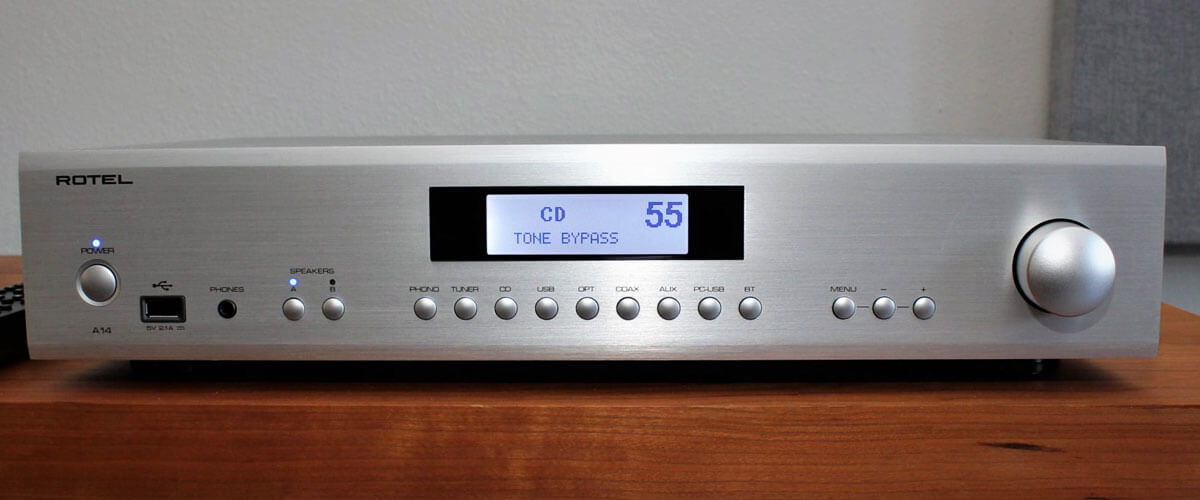
In its basic form, the amplifier is a device that takes a weak audio signal and amplifies it to a level suitable for two speakers (left and right). It is a power source for passive speakers and offers simple control over source and volume selection. There are different types of power amplifiers, including power amplifiers, integrated amplifiers, and preamplifiers, each serving a specific purpose. Active speakers already have an amplifier built-in and don’t need an external one. But let’s take a closer look so you’ll have a better understanding:
Understanding the distinctions among power amps, integrated amps, and preamplifiers
So, a standard power amplifier is a box for extracting a certain signal from a source and sending it to the speakers (again: only 2 speakers), which it controls. It’s as simple as you can imagine, with no extra features (unlike receivers). Nevertheless, these components are most often found in high-end audio systems of true music connoisseurs. Other devices control the rest of the “chips” in such setups.
Integral amplifiers combine preamplifiers and power amplifiers into a single unit, making them easier to set up and more compact. They provide audio amplification and volume control, allowing direct connection to various audio sources.
Preamplifiers are responsible for processing audio signals before they arrive at the power amplifier. They provide volume control, source selection, and tone adjustment. Preamplifiers are often used in more complex audio systems where precise control over the audio signal is required.
What is a receiver?
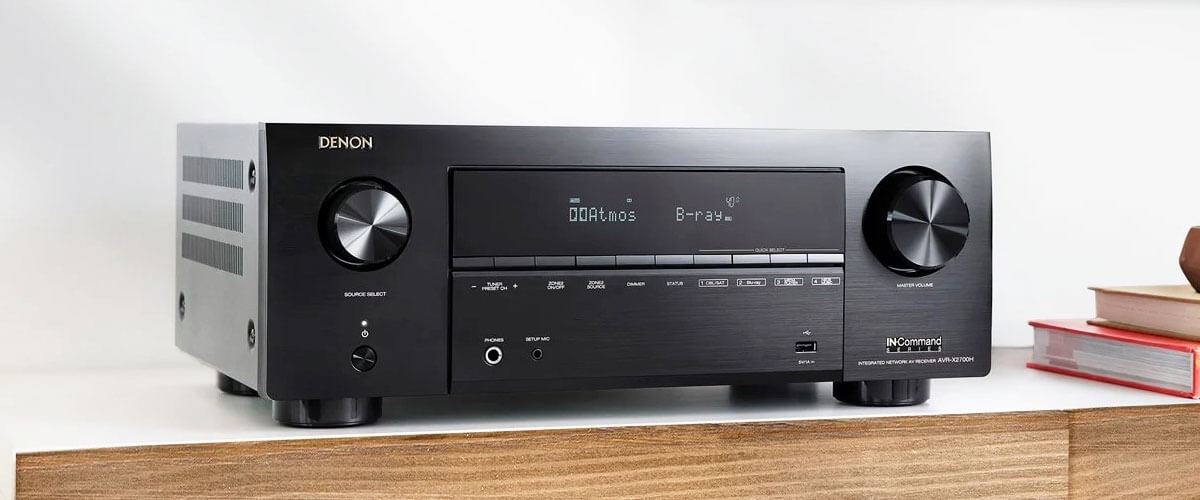
The receiver is the central hub that integrates various audio components into a single unit. It is the heart of the multimedia system, providing power, control, and connection of several audio sources, i.e., it acts as a home theater amplifier. Two types can also be distinguished here:
Stereo receivers
Stereo receivers are designed to reproduce high-quality sound in two-channel systems, usually for listening to music. They consist of a built-in amplifier, a radio tuner, and various audio inputs for connecting sources such as CD players, turntables, or media players. Stereo receivers are ideal for those looking for a simple system emphasizing sound quality. They can’t match the level of amplifiers, but they cost less and have some additional options.
AV receivers
AV receivers are also a type of home theater amp. They are the most functional and versatile and are designed for multi-channel audio and video systems such as home theater. They can power multiple speakers (over 13) and handle audio and video signals from various sources, including game consoles, Blu-ray players, streaming devices, etc.
The AVRs support surround sound formats, including Dolby Atmos and DTS:X, providing immersive sound for movies and TV shows. They also feature multi-room functionality, built-in streaming services, support and streaming high-definition video and formats, and more. But don’t be fooled into thinking they are more expensive than a quality amplifier; this is far from always the case.
Deciding between an amplifier and a receiver: which is right for your audio system?
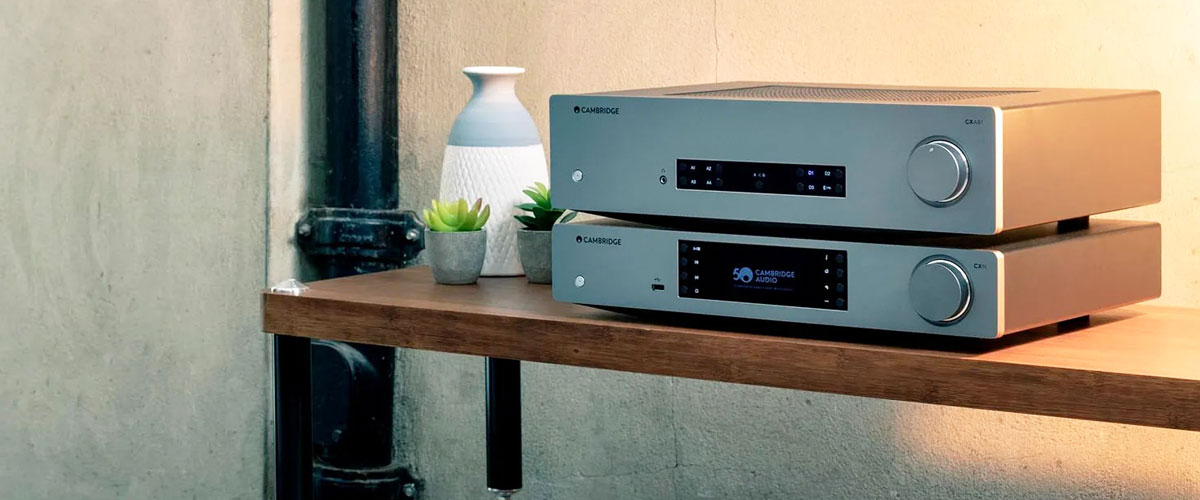
So what should I choose? You may rightly ask. And to really understand the difference between an amplifier and a receiver, you need to know in which specific scenarios you can and should use the former and the latter.
First, consider your actual capabilities and desires. Do you have a small or huge space to house your system? Do your finances allow you to build a rack and buy devices and accessories for them? Are you a modern person and appreciate wireless connectivity and digital sound? But more importantly, what’s more important, music in its true luxury or watching movies in the latest audio and video formats?
Having answered all these questions, choose an amplifier or stereo receiver if you are primarily focused on listening to music and want a simple setup. At the same time, a stereo receiver will cost you less, and an amplifier will suit those who dream of high-end stereo sound.
You will definitely need a receiver to create a home theater with multi-channel surround sound. The variety and configuration of models will again make you choose, but that is another topic for this article.
Amplifier and receiver pros and cons
But for the sake of easy decision-making, let’s look at the pros and cons of an amplifier and receiver. For clarity, use the table I have prepared for you.
| Amplifier | Receiver | |
|---|---|---|
| Advantages | Precise audio amplification for focused audio performance. | Versatility with multi-channel audio and video support. |
| Ideal for audiophiles seeking uncompromising audio quality. | All-in-one solution with built-in preamplifier and amplifier. | |
| More flexibility in choosing and pairing with separate components. | Wide range of connectivity options for various audio and video sources. | |
| Disadvantages | May require additional components for source selection and volume control. | May not offer the same level of audio precision as dedicated amplifiers. |
| Limited connectivity options compared to AV receivers. | Complexity in setup and configuration for some users. | |
| Lack of surround sound processing for home theater setups. | Some models may prioritize video processing over audio quality. |
We are supported by our audience. When you purchase through links on our site, we may earn an affiliate commission at no extra cost to you.
Our newsletter
* We will never send you spam or share your email with third parties

